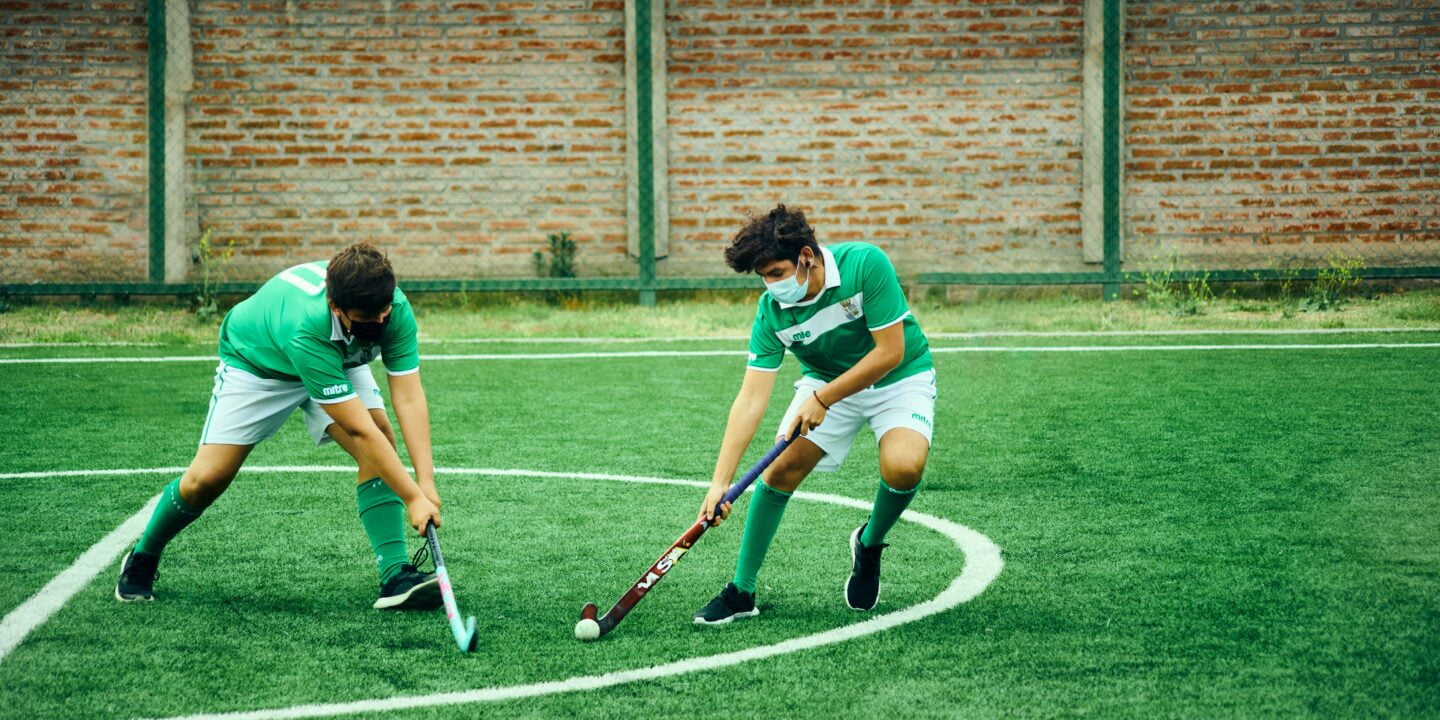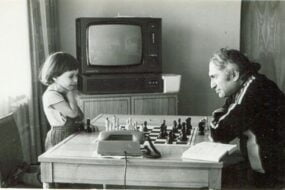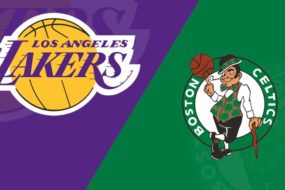
Hockey is one of the most exciting, fast-paced sports, captivating frigid nations with its speed, physicality, and skill. While hockey has ancient roots, the game has gone through major evolutions from its early unorganized beginnings to the complex, the highly competitive sport we know and love today.
Hockey’s Simple Origins
Hockey-like sports using sticks to drive objects have existed for thousands of years, with evidence dating back to Ancient Egypt. But modern ice hockey developed in the mid-19th century in Nova Scotia, Canada, derived from ball and field hockey and influenced by indigenous stick and ball games.
Early forms were played informally on frozen rivers and lakes by locals. The rules differed widely, teams had unlimited numbers, and stick-handling passes and positional play were virtually non-existent – the focus was ‘shinney’ – kicking or propelling the wooden puck forward. But a new sport was born.
Organized Leagues and Standard Rules
From the 1870s onwards, the first organized leagues emerged, starting in Kingston, Ontario. Rules slowly became more formalized – sticks had to curve below the blade, six players per side with set positions, and puck passing was introduced. The first trophy, the Dominion Challenge Cup was awarded to Ottawa in 1893, creating a competitive target for early clubs.
Professionalization and Expansion
The National Hockey Association was formed in 1910 comprising seven Canadian teams. In 1917 it was succeeded by the National Hockey League, which became the major league for professional ice hockey in North America.
As popularity grew, expansion reached the United States with the first US-based team in 1924, the Boston Bruins. More American teams joined, broadening the sport’s reach and audience. The NHL began hosting an annual playoff for the coveted Stanley Cup.
Ultra-Competitive Hockey: Expansion
A major expansion from 6 to 12 teams in 1967 brought a new level of competition, specialization, and strategy. Goalie masks became mandatory. Tactics focused more on speed, skill, and puck possession. The neutral zone trap defense developed, and slapshots and power plays emerged as offensive weapons.
As televised hockey gained popularity, superstars like Bobby Orr, Wayne Gretzky, and Mario Lemieux became household names. Global stars from Soviet nations joined NHL teams, bringing new styles of play. Hockey was now a major professional sport on par with football and baseball.
Wider Reach and Participation
With the NHL’s expansion in the 90s to new cities like San Jose, Anaheim, and Nashville, hockey’s geographical reach widened significantly. European leagues enabled the local growth of the sport. International tournaments like the Olympics and World Juniors helped hockey boom globally, especially after the Cold War.
Women’s hockey also gained prominence, with the first Women’s World Championship in 1990. Leagues and girls’ youth participation expanded significantly. Hockey was becoming popular worldwide, not just in its traditional northern strongholds.
Advancements in Equipment and Play Environments
Synthetic icy playing surfaces allowed year-round play. Protective equipment like helmets, face masks, and padded gloves also evolved from the 1970s onwards, helping reduce injuries. Advanced stick technology improved shot power, accuracy, and puck handling drastically. Fitness and nutrition helped players achieve elite speed and endurance levels.
While hockey has transformed immensely from its humble origins, it remains beloved for its tradition, passion, and excitement. Ongoing innovation will ensure hockey continues gripping the hearts of fans worldwide. The best is yet to come in the sport’s thrilling evolution.
Let me know your thoughts about Hockey and its future.









